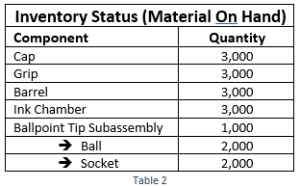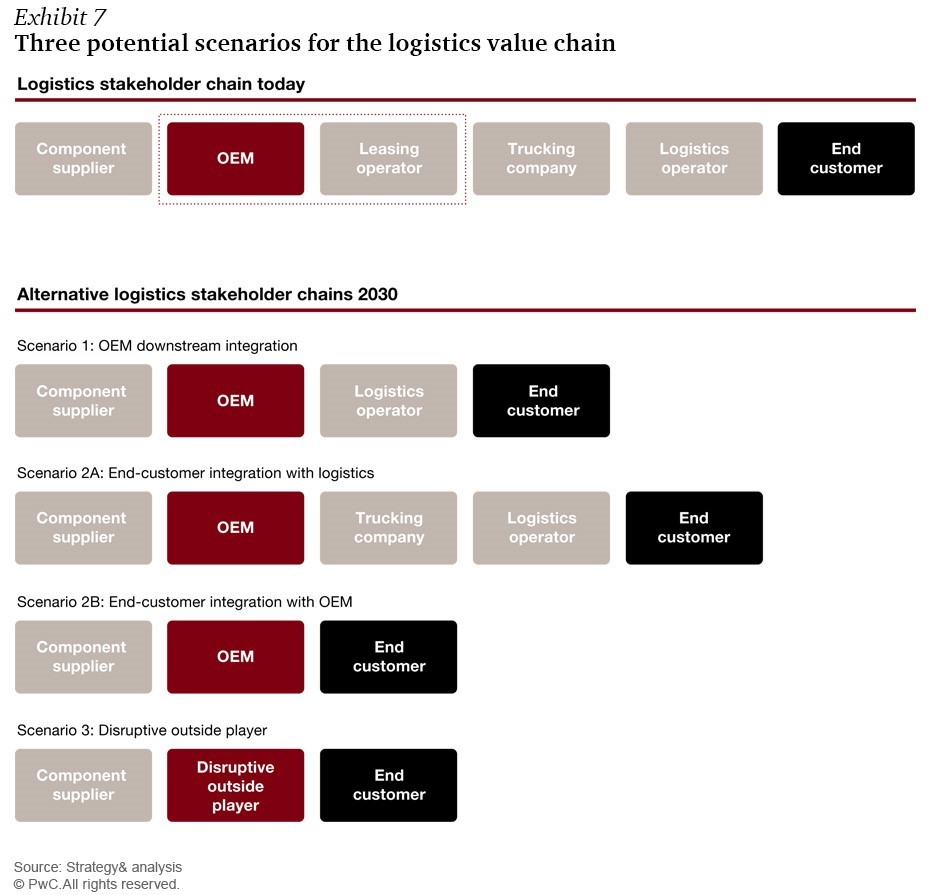Textron Marine and Land Systems: Technology of the future, IT of the past

A military vehicle company with 80 years of experience faces tough decisions on how to improve production planning systems after significant financial losses.
‘During the first quarter of 2017, production volume has not ramped up as anticipated due to various production issues, resulting in inefficiencies as well as revised estimates for production costs on the remaining vehicles still to be delivered under this contract.’ So read the 2017 Q1 earnings report for Textron Systems, a defense manufacturing company, after a $24 million loss was recorded for their Tactical Armoured Patrol Vehicle (TAPV) contract – worth $603.4 million total – within their Marine and Land Systems (TMLS) business unit. [1] [2] With a profit margin of just 6% within Textron Systems across the last 4 years, these ‘production issues’ had a massive impact on the health of the business unit. [3] Defense manufacturing has historically prioritized achieving the highest technical performance over program cost, despite significant pressure to reduce the defense spending budget. [4] Defense companies able to adapt their business strategies show consistent outperformance against similar competitors. [5] At TMLS, significant improvements must be made to their current material planning and production control systems to stay competitive within the defense manufacturing industry.
A Material Resource Planning (MRP) system is a production planning and inventory control system used primarily in manufacturing companies to reduce inventory on hand and increase material availability through optimized production plans, supplier ordering schedules, and product delivery schedules. [6] The main inputs of a basic MRP system are the master production schedule, bill of materials (BOM), and inventory status. The structure and use of an MRP system can be explained with the simplified example of a pen manufacturing line with an order for 5,000 pens. Figure 1 shows the components of a cheap ballpoint pen.
The BOM contains the full list of material needed and the quantities associated for a single product build as shown in Table 1.
The inventory status (example in Table 2 below) provides current warehouse stock levels while the master production schedule gives the demand for final product delivery.
Finally, a manufacturing schedule for an order of 5,000 batch-processed pens is shown as follows.
As we can see, manual planning of material needs is diminutive when the product being manufactured is simple – in this example we know the remaining 2,000 barrels needed to fulfill the total 5,000 pen order would need to be ordered such that the barrels arrive on day 14 of this project. This would reduce inventory carrying costs while ensuring production schedule is met. If the BOM, inventory levels, or product schedule changes in this example, it is very simple to correct the ordering processes to handle the change and keep a consistent material plan.
However, as product complexity increases, more material is needed, more suppliers are required, purchase orders multiply, and production schedules grow longer. Defense manufacturing companies started adopting computerized MRP systems in the 1970’s to handle this increased complexity. [7] Constant innovations to MRP systems since then have resulted in advanced suites that use software to scan in/scan out material to keep an accurate count of inventory, read engineering drawings and automatically populate a BOM, and create a production schedule. The outputs of this system include inventory pull lists for a warehouse clerk to deliver to the production floor as well as purchasing orders scheduled so material comes just in time for production need. [8]
At Textron Marine and Land Systems though, their home-grown, MS-DOS based MRP system has a fraction of these capabilities. For example, the schedule is based on stagnant data entry. This means when production is delayed all work activity start/finish dates need to be manually reprogrammed to account for the shift in schedule. The bill of materials is created by manufacturing engineers who take engineering design drawings and manually input the quantity of each part or material needed – should the design change the BOM must be updated manually. Inventory is manually counted on a quarterly basis, with often large discrepancies in actual and expected inventory levels. What results from this outdated system is a lack of clarity into material needs and status which creates a financial impact through increased inventory carrying costs and production delays from not ordering the appropriate amount of material or ordering it too late to meet schedule. [9] After TMLS’s 80 years of success within the defense manufacturing industry however, proponents of this home-grown system argue not to ‘fix’ what isn’t broken.
With the recent financial loss due to ‘production issues’ in hindsight, do the short-term costs and impending culture change that come with implementing an advanced MRP system outweigh the long-term benefits of the efficiencies promised?
(753 words)
References
[1] Textron, Inc. (2017). Form 10-Q 2017. Retrieved from Mergent Online database
[2] Strader, F. and Rutter, N. (2017). Textron Wins Canada’s Tactical Armoured Patrol Vehicle Program. [online] Newswire.ca. Available at: http://www.newswire.ca/news-releases/textron-wins-canadas-tactical-armoured-patrol-vehicle-program-510347701.html [Accessed 15 Nov. 2017].
[3] Textron, Inc. (2017). End of the year financial report for 2016. Providence, RI
[4] Comptroller General of the United States. Impediments to Reducing the Costs of Weapon Systems. Report to Congress (PSAD-80-6), Washington DC.
[5] Deloitte Consulting (2016). The next era in aerospace and defense: How to outperform in an environment of innovative disruption.
[6] Volman, T., Berry, W., & Whybark, D. (1992). Manufacturing Planning and Control Systems, Third Edition. Burr Ridge, IL.
[7] Magad E.L., Amos J.M. (1989) The Impact of Material Requirements Planning and Distribution Requirements Planning on Materials Management. In: Total Materials Management. Competitive Manufacturing Series. Springer, Boston, MA
[8] Orlicky, J. A. (1988). Material requirements planning: the new way of life in production and inventory management. New York, NY, etc.: McGraw-Hill.
[9] Karim, Akram Jalal. (2011). The significance of management information systems for enhancing strategic and tactical planning. JISTEM – Journal of Information Systems and Technology Management, 8(2), 459-470. https://dx.doi.org/10.4301/S1807-17752011000200011






I found this to be a very well written, thorough and easily digestible account of the challenges TMLS is facing and will continue to face in the absence of more advanced MRP systems. Given their financial performance, the sense of urgency seems obvious to me. You raise an interesting point at the end when you question whether culture shift is a significant enough barrier to change to outweigh longer term gains, which I imagine is a significant reason management has been slow to act. In thinking through building a business case to encourage management to adopt a more digitized planning system, I imagine this would be a difficult item to reconcile. Does TMLS have enough technical expertise to implement and effectively use more technologically forward systems or would the company have to re-think it’s current human capital strategy (i.e. fire existing employees and hire new ones or build out new teams)? If the latter, are you considering this when you say “short term costs” associated with implementation? I’d also be curious to know if/how competitors have successfully ingratiated new technologies into their operations culturally as well. Thanks for writing a great article!